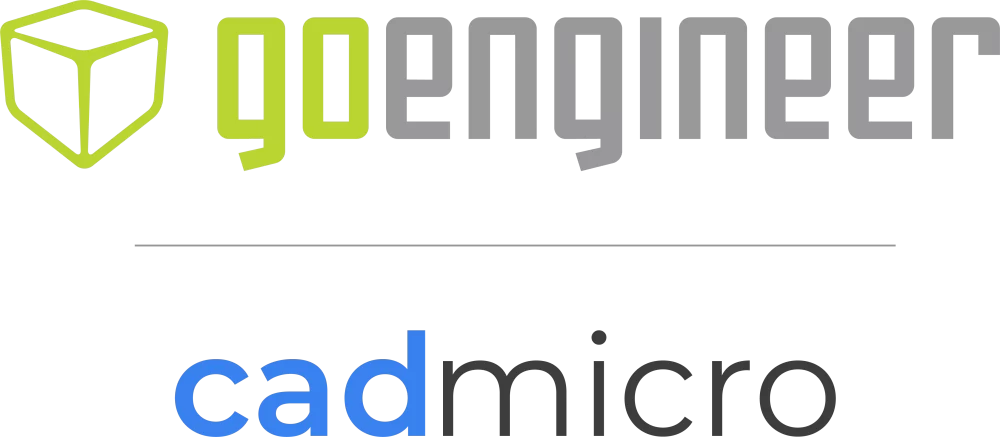As the world becomes more technologically advanced, it’s essential that we equip children with the skills they need to succeed in the future. The current labour shortages Canada is experiencing only highlights the importance of closing the skills gap, and ensuring we’re training the next generation workforce appropriately. One technology that has the potential to revolutionize education is 3D printing, and we’re already seeing the impact this technology is making in manufacturing and a range of other industries across Canada. By incorporating 3D printing into the curriculum, Canadian school boards can prepare students for the jobs of tomorrow while fostering creativity, critical thinking, and problem-solving skills.
Many school boards across the world have begun introducing 3D printing into their curriculums. Take a look at some of the benefits they’ve experienced:
1. It promotes hands-on learning
3D printing allows students to create physical objects from digital designs, providing a tangible result for their efforts. This hands-on approach encourages students to experiment, innovate, and iterate, which aids in learning.
2. It fosters creativity
By allowing students to bring their ideas to life in three dimensions, 3D printing sparks creativity and imagination in students. Being able to see and hold their creations in their hands encourages students to be creative, think outside the box and come up with unique solutions to solve problems.
3. It teachers problem-solving skills
3D printing requires students to think critically and solve problems, such as how to design a part that fits together with other parts or how to make a design printable on a 3D printer. This encourages them to approach problems from different angles and come up with creative solutions.
4. It prepares students for future careers
3D printing is becoming increasingly prevalent in industries such as engineering, architecture and product design. By learning how to use 3D printers and design software, students will be better prepared for the jobs of tomorrow, which will increasingly require knowledge of advanced technologies.
5. It aligns with Canadian curriculum
3D printing can be incorporated into various subjects such as science, art, math and design. This makes it a versatile tool that can enhance learning across the curriculum.
By introducing industry 4.0 technology to students at a young age, we can inspire the next generation of innovators and equip them with the skills they need to succeed in a rapidly changing world.
Speak with our Education Consultants today to see curriculum guides and learn more about how to incorporate 3D printing into your curriculum.
Check out these educational guides: https://www.cadmicro.com/education/guide/


